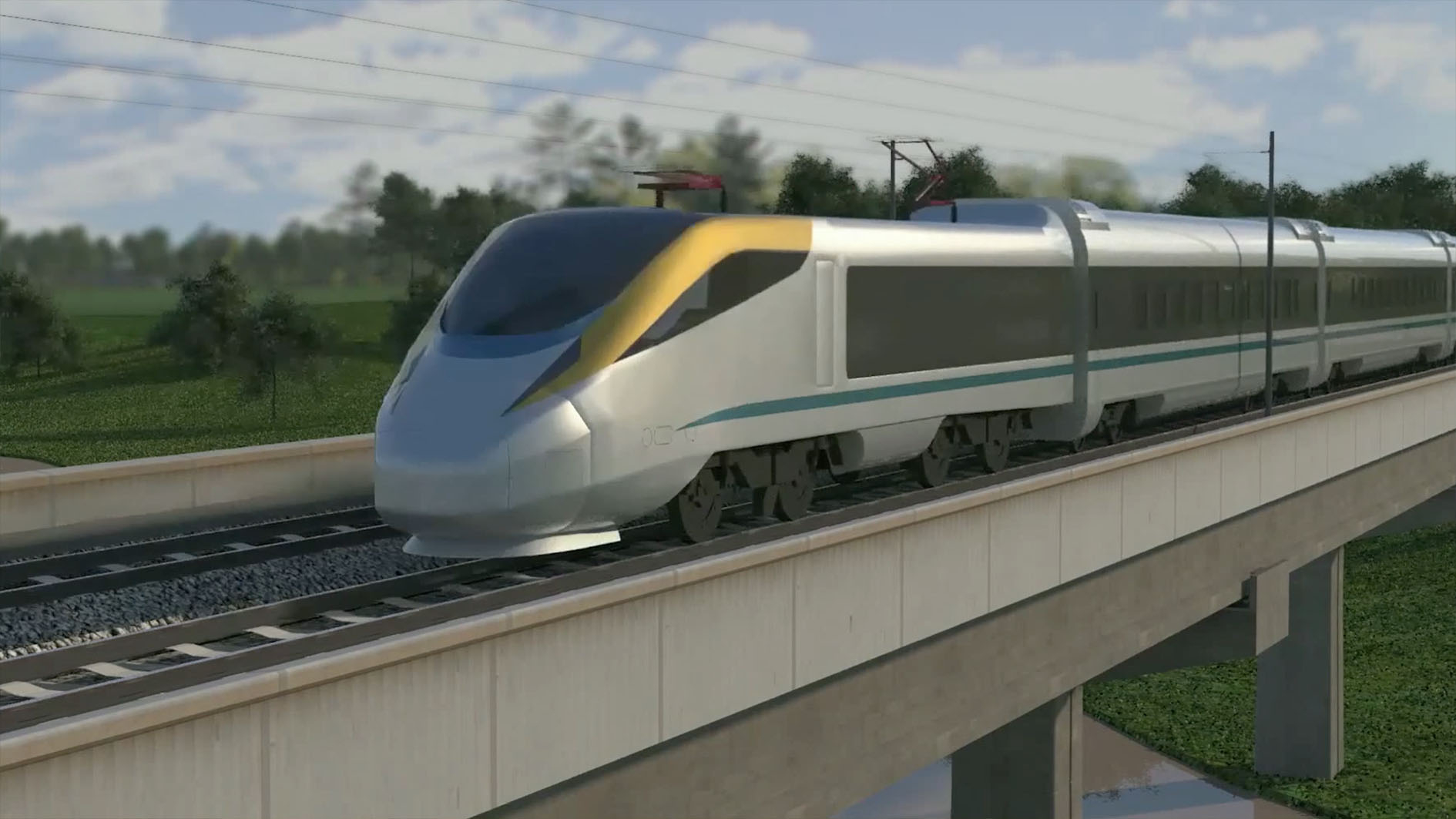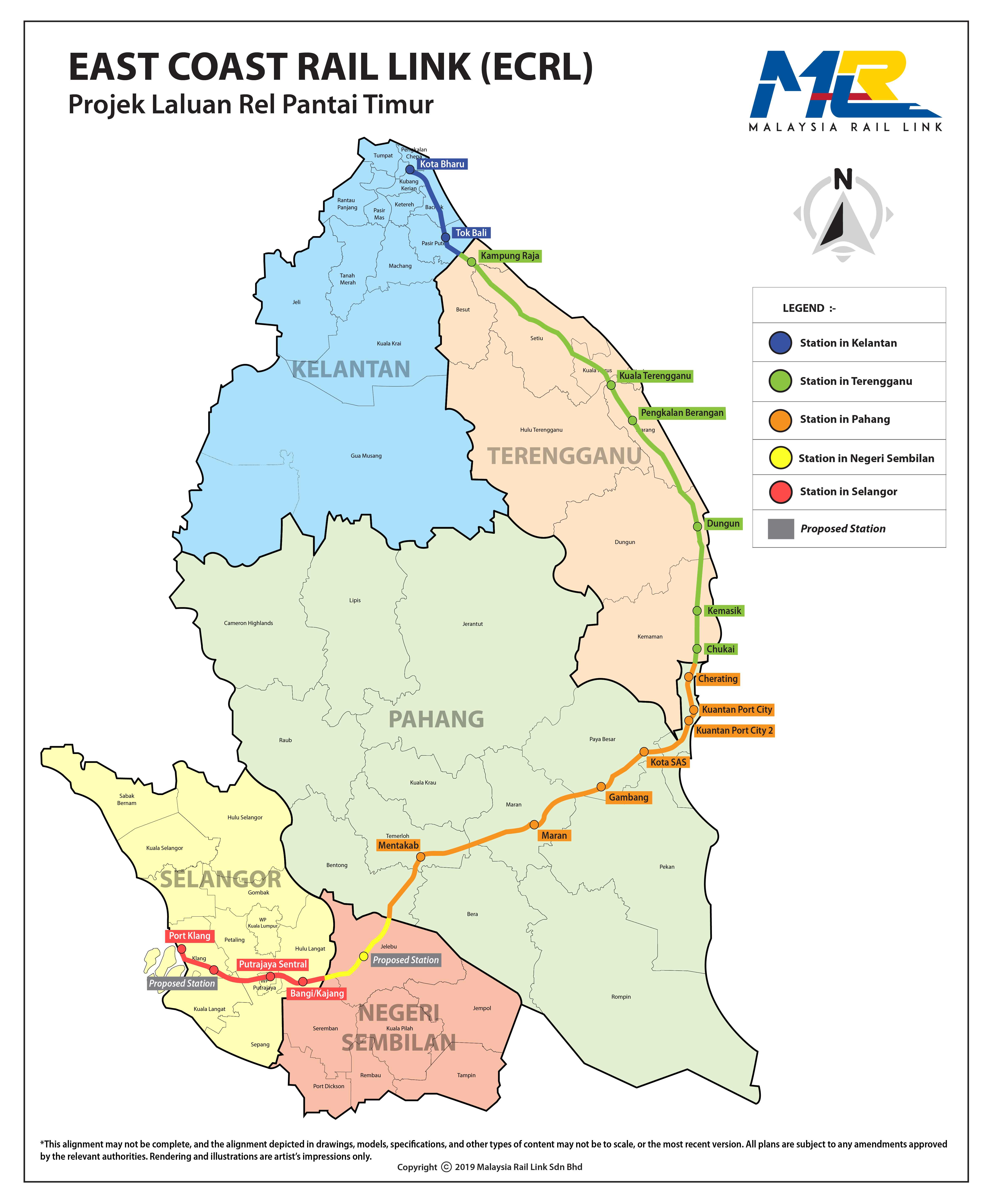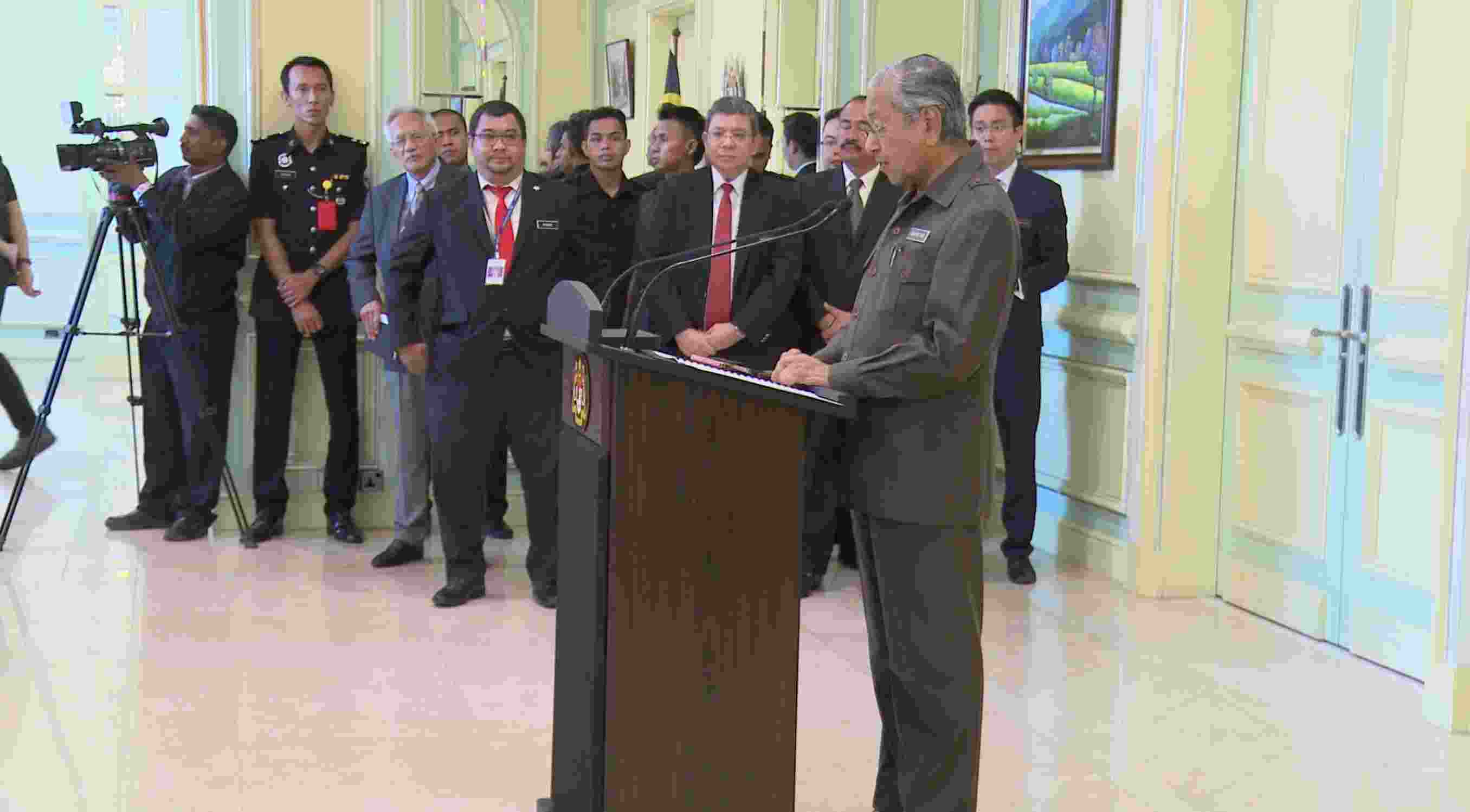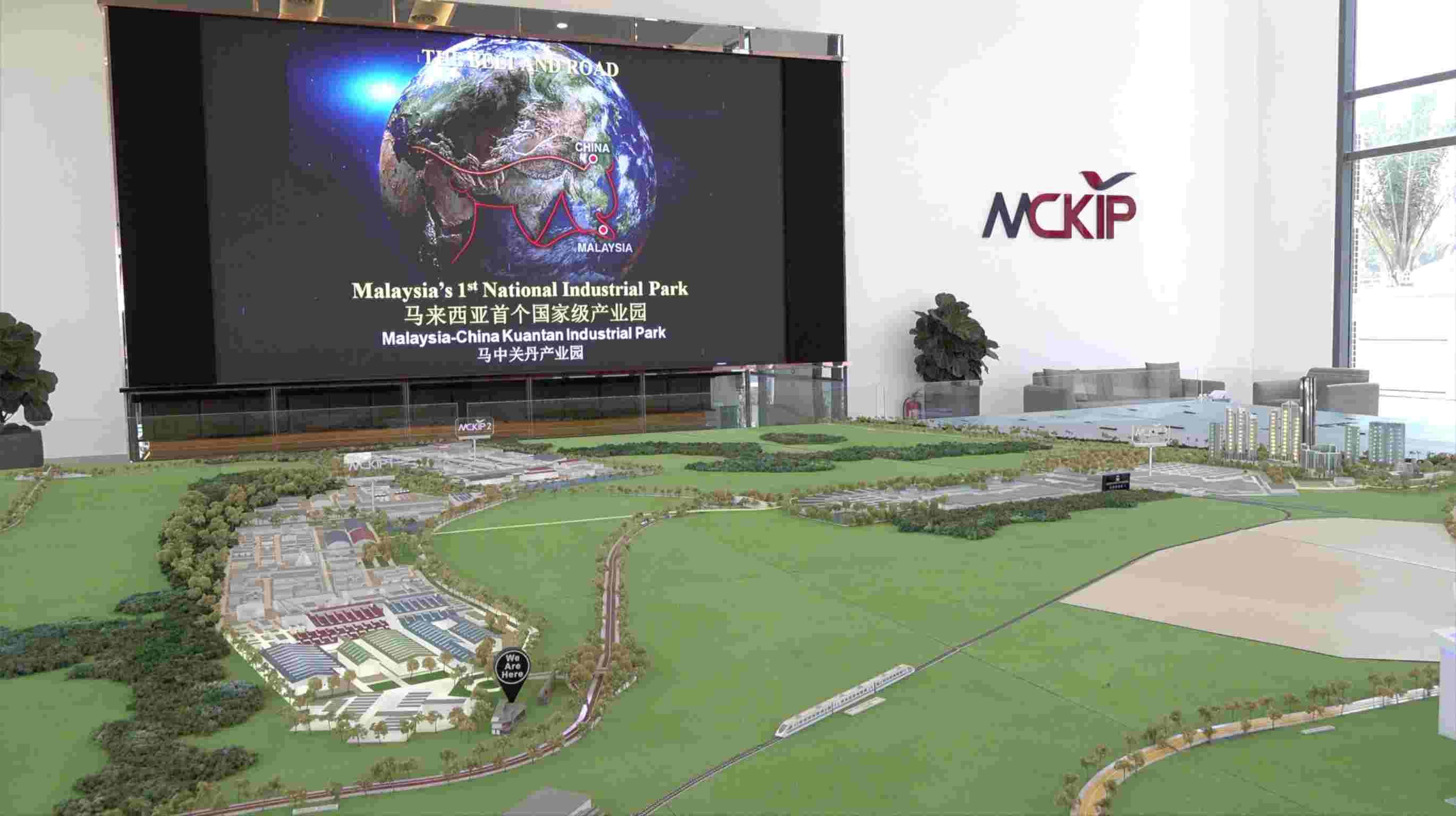
Economy
18:17, 16-Apr-2019
East Coast Rail Link back on track
Updated
12:38, 17-Apr-2019
Rian Maelzer
02:06

Last August, I visited one of the main base stations of China Communications Construction Company (CCCC), which has set up to build the 680-kilometer, 16 billion-U.S. dollar East Coast Rail Link (ECRL). Dozens of brand new trucks and excavators sat idle in neat rows. A skeleton staff remained in the offices. All work had ground to a halt.
Exactly a year earlier, then-prime minister, Najib Razak launched the ECRL project with huge fanfare outside the east coast city of Kuantan, with a Chinese state councilor and top figures from CCCC in attendance. Najib proclaimed the project as a "game changer" for the underdeveloped east coast, creating a land bridge between Malaysia's big west coast ports, and the east coast port at Kuantan, then heading north to the border with Thailand.

The east coast of the peninsula is mostly rural. / CGTN Photo
The east coast of the peninsula is mostly rural. / CGTN Photo
But the then-opposition criticized the high cost of the project and questioned its economic viability. Then when it won a shock election victory last May, the new Pakatan Harapan government slammed the brakes on the project.
The ECRL was to be a centerpiece of the Belt and Road Initiative in Southeast Asia, to be built and largely financed by China. It would link to a newly expanded east coast port that is a Malaysia-China joint venture and to a sister industrial park. Though the new government was reviewing all mega projects initiated by the previous administration and also halted plans for a high-speed rail link to Singapore, the cancellation of the ECRL clearly put a damper on China-Malaysia ties.

The map shows the new alignment of the ECRL. / Source: Malaysia Rail Link
The map shows the new alignment of the ECRL. / Source: Malaysia Rail Link
It came as a surprise to learn that since last July, Malaysia had behind the scenes been striving to renegotiate the deal with China.
Prime Minister Mahathir Mohamad appointed a long-time comrade, former finance minister Daim Zainuddin to lead the negotiations. And on Friday, Daim announced that the two sides had reached a deal to resurrect the project.
Mahathir revealed the full details at a press conference Monday.
"It is our belief that the ECRL will serve as a stimulus for economic growth and development, especially in the east coast. This improved project will provide freight and passenger transportation, and will attract investments along the railway corridor as well as generate significant employment opportunities," he said.

Prime Minister Mahathir Mohamad announces details of the revamped deal. / CGTN Photo
Prime Minister Mahathir Mohamad announces details of the revamped deal. / CGTN Photo
Given all the work that CCCC had already done, Malaysia's government would have had to fork out more than five billion U.S. dollars in compensation to cancel the project, with absolutely nothing to show for that outlay. Instead, for little over five billion U.S. dollars more, it will get a 640-kilometer, double-tracked and electrified rail line.
Under the new deal, the cost has been cut by nearly one-third. The route has been reconfigured, passing through the administrative capital Putrajaya and another state south of the capital, trimming 40 kilometers from the total length, and scrapping two costly 18-km-long tunnels.
The government says the new route will be much better integrated into the existing rail and rapid transit systems.
And there are other big plusses.
"CCCC has agreed to participate in the operation and maintenance of the ECRL through a joint venture company and will provide technical support and share the operational risk after the project's completion," further reducing Malaysia's financial burden, Mahathir said.
And whereas previously, local companies were set to get up to 30 percent of the contracts for civil works, CCCC has now committed to farm out 40 percent of that work to Malaysian companies.
Reducing the cost so substantially will also ease the burden of the interest on Malaysia's loan repayments.
The project's resurrection has brought an enthusiastic response from politicians, business people and ordinary folk along the rail line's route, and especially the three east coast states, among the poorest areas of Peninsular Malaysia.
It is also a huge boost to the two big China-Malaysia joint ventures on the east coast: Kuantan Port, and the Malaysia-China Kuantan Industrial Park, MCKIP, which is attracting large Chinese investments.

Model at MCKIP industrial park shows the rail link. /CGTN Photo
Model at MCKIP industrial park shows the rail link. /CGTN Photo
When I visited MCKIP's showroom recently, the ECRL rail line was still very much a part of the scale model of the development, though at the time its future was still very much in the balance.
Now, construction could resume within a couple of weeks.
China has been Malaysia's largest trading partner for nearly a decade now, with China also emerging as this country's largest foreign investor in recent years. It was not a relationship that Malaysia could afford to see sour.
Mahathir thanked the Chinese government for being willing to renegotiate the ECRL deal. And it will allow Malaysia's prime minister to head to China for this month's Belt and Road Forum with renewed optimism about China-Malaysia economic ties.

SITEMAP
Copyright © 2018 CGTN. Beijing ICP prepared NO.16065310-3
Copyright © 2018 CGTN. Beijing ICP prepared NO.16065310-3